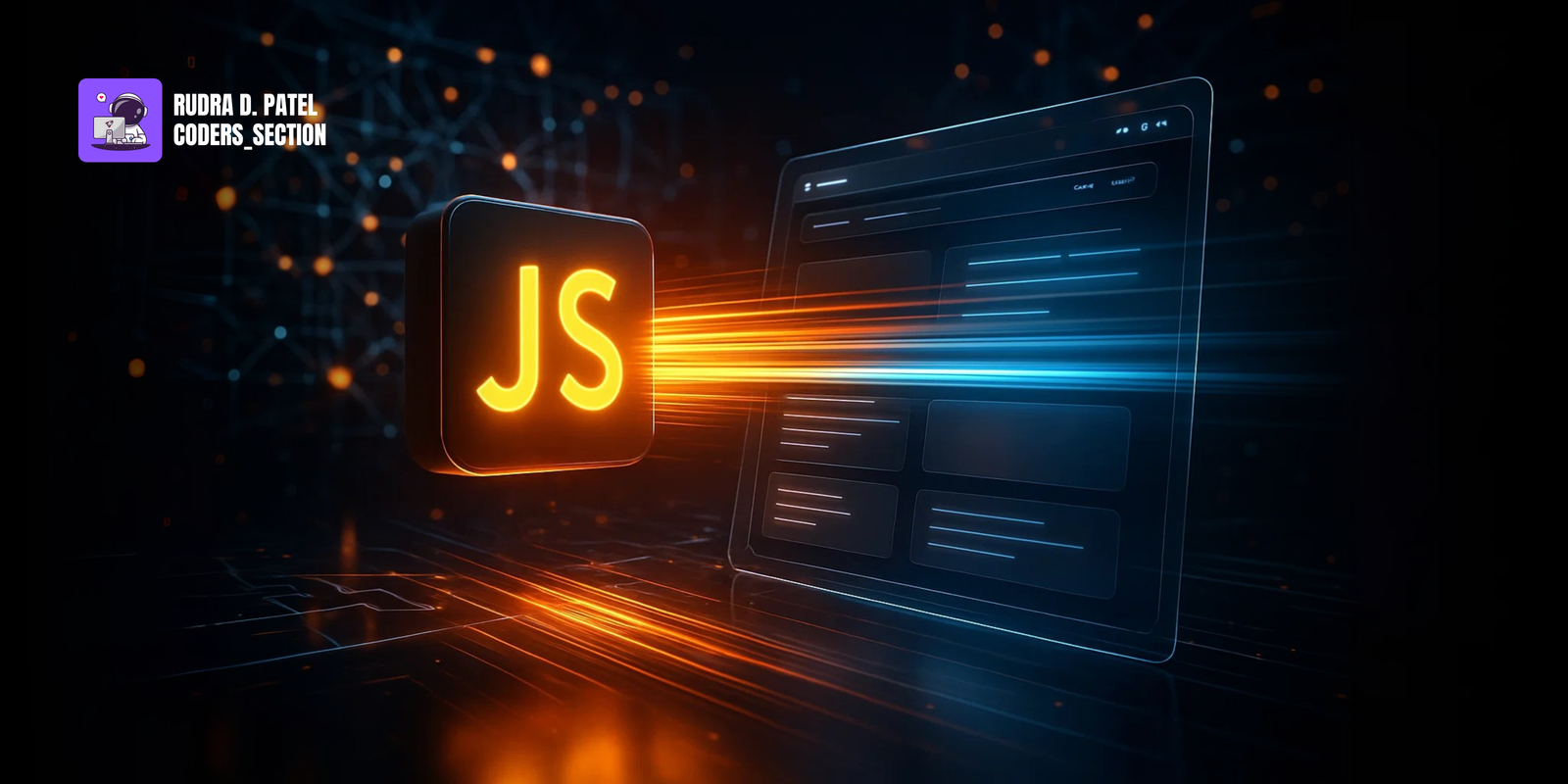Feature Coming Soon!
The newsletter functionality is under development.

Learning to code can feel challenging, but it becomes an enjoyable and rewarding process once you get started. For those who pursue it as a career, programming offers good salaries and opportunities to work at top MNCs like Amazon, Microsoft, and TCS.
In 2025 and beyond, the demand for AI/ML engineers is skyrocketing, as over 90% of companies are integrating Artificial Intelligence to automate and enhance their products. However, many beginners struggle with the first crucial step: how to start coding and which language to choose. This initial confusion is often why many aspiring coders give up before they even begin.
Having navigated this journey myself, I understand the difficulties of finding free resources, clear guidance, and a proper roadmap. While there are countless videos and blogs available, few offer a complete and clear explanation. In this article, I will provide a perfect, straightforward guide on how to start your coding journey and choose your first language.
A common mistake many beginners make is trying to learn multiple languages simultaneously. They might dabble in Python, Java, and C++ all at once, without mastering any single one. This approach often leads to frustration, making them feel that coding is too hard or not the right fit.
Consequently, like 80% of beginners who follow this path, they quit coding. To be clear, the goal isn't to learn only one language forever, but to master one language at a time. The choice depends entirely on your goals.
So, how do you choose that first language? In this blog, we will focus on four of the most popular and versatile options: Python, Java, C++, and JavaScript.

Python is a widely recognized programming language known for its simplicity and readability. It is highly recommended by tech influencers and experienced developers at major companies, and it's often the first language taught in colleges and universities.
If your goal is to become an AI/ML Engineer and secure a job with a high LPA (Lakhs Per Annum), Python is the ideal choice. You can start by building practical projects like a chatbot or an automated system. The field of Artificial Intelligence (AI) is booming, with over 95% of young people using AI tools for daily tasks like college assignments or creating social media content. The irony is that while many love to use AI, they hesitate to learn how to build with it.
This hesitation often stems from the perception that coding is difficult and frustrating. While this is a common feeling, it's a barrier that can be overcome with the right approach. Python's gentle learning curve makes it an excellent starting point.
Beyond AI, Python is a powerful tool for creating Web Applications, Data Science & Machine Learning Models, Automation Scripts, and Games.

C++ is the second language we recommend for beginners. It is a general-purpose language that evolved from C, adding powerful object-oriented features. Its strength lies in performance and control, making it a top choice for complex applications.
You can use C++ for a wide range of fields, including:
Additionally, if you are a student preparing for on-campus placements, learning C++ or Java is a smart move. Interviewers often ask DSA (Data Structures and Algorithms) questions, and both languages are excellent for mastering these concepts and succeeding in technical interviews.

Java is a versatile, object-oriented programming language used extensively for backend development, Android applications, and large-scale enterprise systems. It runs on the Java Virtual Machine (JVM), which allows it to be platform-independent.
In terms of speed, Java's JIT (Just-in-Time) compiler makes it faster than Python, though generally slower than C++. Many developers prefer Java because it is more structured than Python but less complex than C++. It is also a popular choice for the backend of banking software, often used with the Spring Boot framework.
A common point of confusion for beginners is the name: Java is not the same as JavaScript. Java is primarily for backend and application development, while JavaScript is the language of the web.
For aspiring Android developers, it's important to note that while Java is an official language, Google's preferred language for new development is now Kotlin. However, Kotlin is 100% interoperable with Java and runs on the same JVM. Learning Java provides a solid foundation in object-oriented programming and the Android framework, making it easy to transition to Kotlin. Many existing apps are still maintained in Java, so the skill remains highly valuable.

JavaScript is the primary language for web development, used for both frontend and backend logic. It is an interpreted language that runs in every modern web browser, making it one of the most popular and in-demand languages today.
By learning JavaScript, you can become a Frontend Developer, Backend Developer, or even a Game Developer. It allows you to build interactive websites, mobile applications (with frameworks like React Native), and browser-based games.
Some beginners find JavaScript challenging because it is a step up in complexity from HTML and CSS. While HTML and CSS are about structure and style, JavaScript introduces programming logic, which requires a different way of thinking. It can be frustrating when you're just starting, but mastering it opens up a world of possibilities in web and application development.
The most important step is to start with only one language. Choose based on your interests and career goals, whether it's Python, Java, C++, or another language. Before you write a single line of code, explore roadmaps and understand the roles associated with each language to ensure your choice aligns with your passion.
Once you've chosen, learn the basics first. Many people skip fundamentals and jump straight into projects, only to get stuck and frustrated. Think of it like building a house: you must understand the foundation and structure before putting up the walls. Without a solid grasp of the basics, your knowledge can easily crumble.
Watching videos and reading tutorials is a great start, but it is not enough. True learning happens through practice. Many people can follow a lecture but freeze when asked to solve a problem in an interview. This is because passive learning doesn't build problem-solving skills.
After you are comfortable with the basics, you must start creating projects. Begin with small, manageable tasks and gradually increase the complexity. Consistency is key. The more you learn and the more you practice, the more your skills will grow.
Practice is the main thing. If you want to test your knowledge, try out MCQs and coding challenges on platforms that cover languages like HTML, CSS, JavaScript, React.js, and DSA. Don't forget to explore cheatsheets and other resources to reinforce your learning.
Found this article insightful? Here are a few ways to continue your learning and help spread awareness:
Get coding tips and resource updates. No spam.
We respect your privacy. Unsubscribe at any time.